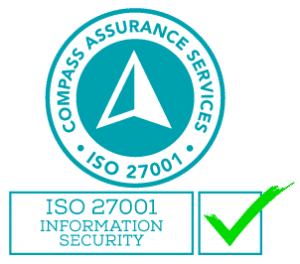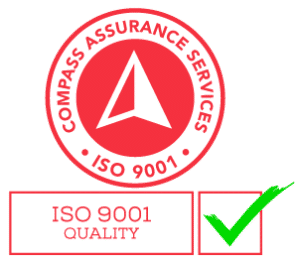More Australian businesses are using cloud technology than ever before. There are many benefits, primarily those related to saving time and money, which usually results in an increase in productivity. Technology can be very expensive, but you need to make sure that investing in it will allow you to achieve the objectives of your business.
Reviewing the options for how you handle your IT expenses can help you tailor them to fit your finances. You want to make sure you are spending money on the right type of technology.
Spend too much money on capital expenses and not enough on operational expenses? It might be time to reevaluate your company’s IT infrastructure needs, as this could be hurting you financially.
CapEx model vs OpEx model
Capital expenses (CapEx) is the financial outlay incurred by business to create long-term benefits for the future. These include costs for buildings and IT infrastructure. Traditionally, businesses pay for IT infrastructure as an upfront expense.
To support the growth of a company, IT managers need to purchase physical hardware, servers, storage space, cooling systems, data centers, and all the software needed to run and maintain the IT infrastructure. Maintenance and replacement of these items are also considered CapEx.
Operations expenses (OpEx) are the day-to-day costs of operating a business to keep it running, but they’re not long-term investments. Items that are OpEx might be services and consumables, such as printer paper, utilities, website hosting, etc.
OpEx, CapEx, and the cloud
Cloud computing has shifted the way IT departments spend their budgets, from a CapEx model to a pay-as-you-go model that is similar to utility bills, becoming an OpEx finance model.
Cloud-based technology solutions delivered ‘as a service’ means IT operations can become an operational expense instead of a capital expense. This takes away any need for massive upfront costs, replacing them with predictable monthly fees.
These smaller ongoing costs versus larger, cyclic financial investments bring more value to the business. With a reduced cost and maintenance burden, IT teams are then able to focus on exploring emerging technologies, which lead to creating innovative ways to save more money for the business, discover new markets, or keep ahead of the competition.
Benefits of cloud as an OpEx expense
The main benefit of cloud computing is that services are priced by usage. So the more you use, the more you pay. Cloud services are usually priced by service level, according to how robust they are. Your IT needs might be basic or premium, and can change over time, which is another benefit, as you can scale up or down services, only paying for what you need.
Cloud vendors are following this expenditure shift with increased value and flexible pricing of cloud solutions and services, allowing businesses to quickly change direction as needed, without being concerned about losing money on capital expense purchases.
OpEx IT benefits:
- Buy on an as needed basis, no over investment in intangible assets that can’t be used immediately to add value
- No over-complicated systems or capacity that is unused. Most cloud services are on-demand and can be set up and used immediately
- Most cloud services are subscription based, you aren’t stuck with strict, long-term business contracts
- No need to have back up hardware in case of failure, cloud providers have multiple data centres that mirror your data on more than one for safety
- Cloud providers maintain the underlying hardware and keep services running, freeing you from having to cost in maintenance and replacement
- You’re not locked into long-term strategies for IT infrastructure with cloud computing, you can adopt new technologies as the market demands
- Your IT capabilities can be adapted to meet your business needs, not the other way around
- Less expenditure on running energy heavy servers and data centres (and less electricity is better for the planet)
- The money saved on cloud services can be invested in the business to future improve operations and increase market share
The big takeaway here is the benefits of cloud computing as operational expenses means your business is rewarded with a flexibility that was impossible to imagine until recently. In the fast-paced world of business and technology, the quicker you can respond to your industry’s market trends, the more efficiently you can meet the needs of customers and stakeholders, growing your business and profits.
Switching to the cloud doesn’t have to be a headache, with Steadfast Solutions as your trusted managed IT service provider. Our team of dedicated cloud experts can ensure you get the most out of your cloud investment and your business can thrive.




